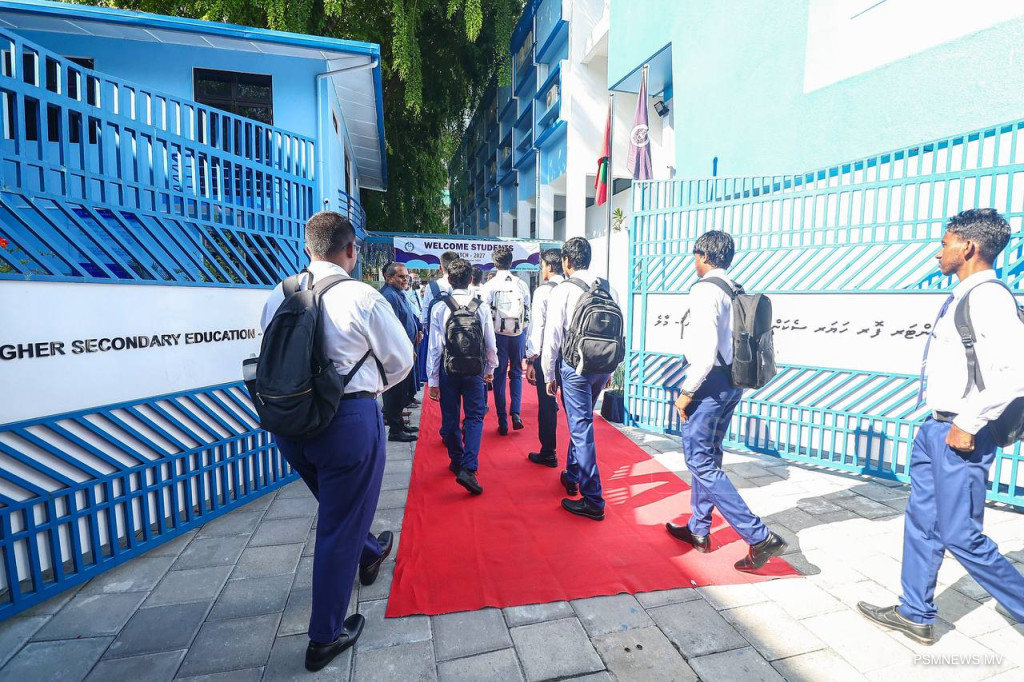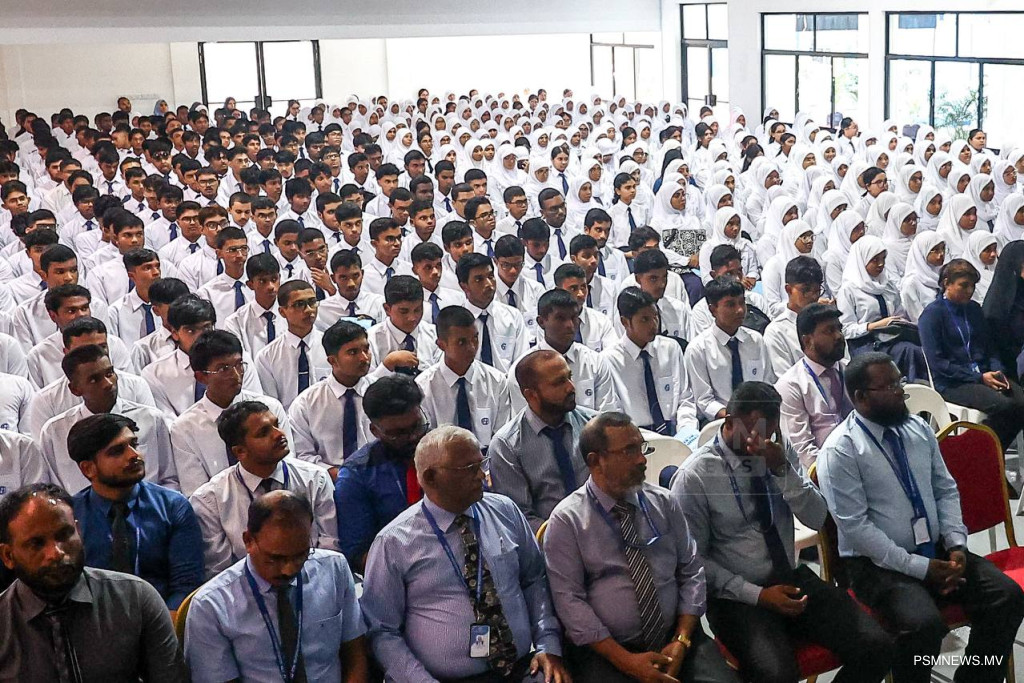Dual Pathways in Higher Secondary Schools Will Align Education with Workforce Needs, Minister Shafeeu Says

The government has launched a transformative initiative to incorporate vocational education into the higher secondary curriculum, marking what Minister of Education Dr Ismail Shafeeu has called a “historic year” for the nation’s education system. The programme, he said, is intended to equip students with essential employment and life skills, strengthening their readiness for both the workforce and further academic study.
This academic year marks the first implementation of the new framework, with the current cohort of higher secondary students entering under the revised structure. The system now offers two distinct tracks: an academic pathway and a vocational education pathway, the latter introduced at Key Stage 5. Instruction under the academic stream has already commenced, while vocational programme applications are expected to open shortly.
Minister Shafeeu said the government’s decision to embed Technical and Vocational Education and Training (TVET) into the higher secondary level reflects a strategic effort to align education with labour market demands. He stated that the core objective is to ensure that students graduate with clearly defined career interests and the skills necessary to meet employment demands.
The vocational track will offer a range of training opportunities, combining school-based technical instruction with work-based TVET programmes conducted in real-world employment settings. “These programmes encompass technical vocational training delivered within schools, alongside work-based TVET initiatives conducted directly within employment settings,” Minister Shafeeu said.

He added that applications for these phase-specific programmes would be opened subsequently, with offerings tailored to key sectors such as tourism and construction. “Applications for participation in these phase-specific programmes will be opened subsequently. Examples include programmes tailored for the tourism and construction sectors. Consequently, upon completing higher secondary education, students will have received sufficient training to enroll in advanced courses at colleges and universities.”
Minister Shafeeu also noted the broader societal impact of the reform, describing it as a critical measure to reinforce the value of higher secondary education and encourage its completion. He said the new pathways are expected to produce individuals who will contribute to essential national sectors, offering a meaningful solution to the issue of youth lacking employable skills.
This year, approximately 3,200 students have enrolled in the academic pathway. Thirteen additional schools have begun offering higher secondary instruction, contributing to a rise in enrolment from 32 percent to 49 percent. Minister Shafeeu cited this increase as evidence of the government’s commitment to educational advancement and the tangible results of its reform efforts. Preparations to open vocational programme applications are currently underway, signalling the imminent expansion of these newly established pathways.
